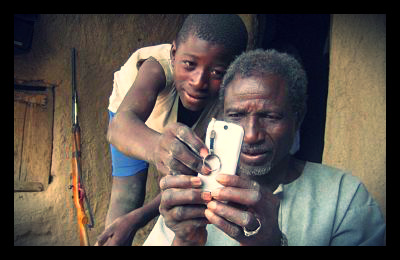Developing Countries Become Mobile Phone Consumers

Developing nations have become the mobile phone industry’s biggest new consumer. Some of the poorest countries in Africa have seen a meteoric rise in cell phone use in recent years. Since the invention, cell phones have enabled users to connect across geographic boundaries in ways that were impossible before. Additionally, cell phones are now used in developing for monetary exchanges that have fueled growth.
A vast majority of the population in Africa do not have bank accounts. Instead, their populations are increasingly reliant on “mobile money”, often in the form of pre-paid airtime minutes. Mobile handsets can be acquired at a relatively cheap price and they allow their users to make financial transactions in a way that is independent of inflation or economic stability. Airtime can be transferred between handsets or converted to cash by airtime dealers.
In Botswana, approximately 30% of the population over the age of 16 have a bank account, however nearly 60% have mobile phones. In Cameroon, the difference is even greater, with 7.1% with bank accounts and 36.5% operating mobile phones.
This pattern continues across much of the African continent. The airtime economy offers monetary independence for Africans living on minuscule incomes. Though the cost of entry still prevents the poorest communities from entering the market, handset manufacturers have taken notice of these emerging markets and are developing cheaper, more rugged handsets for poorer communities.
– Andrew Rasner
Source: The Economist, TechCrunch, IST Africa
Photo: Smart Mobile Solutions
